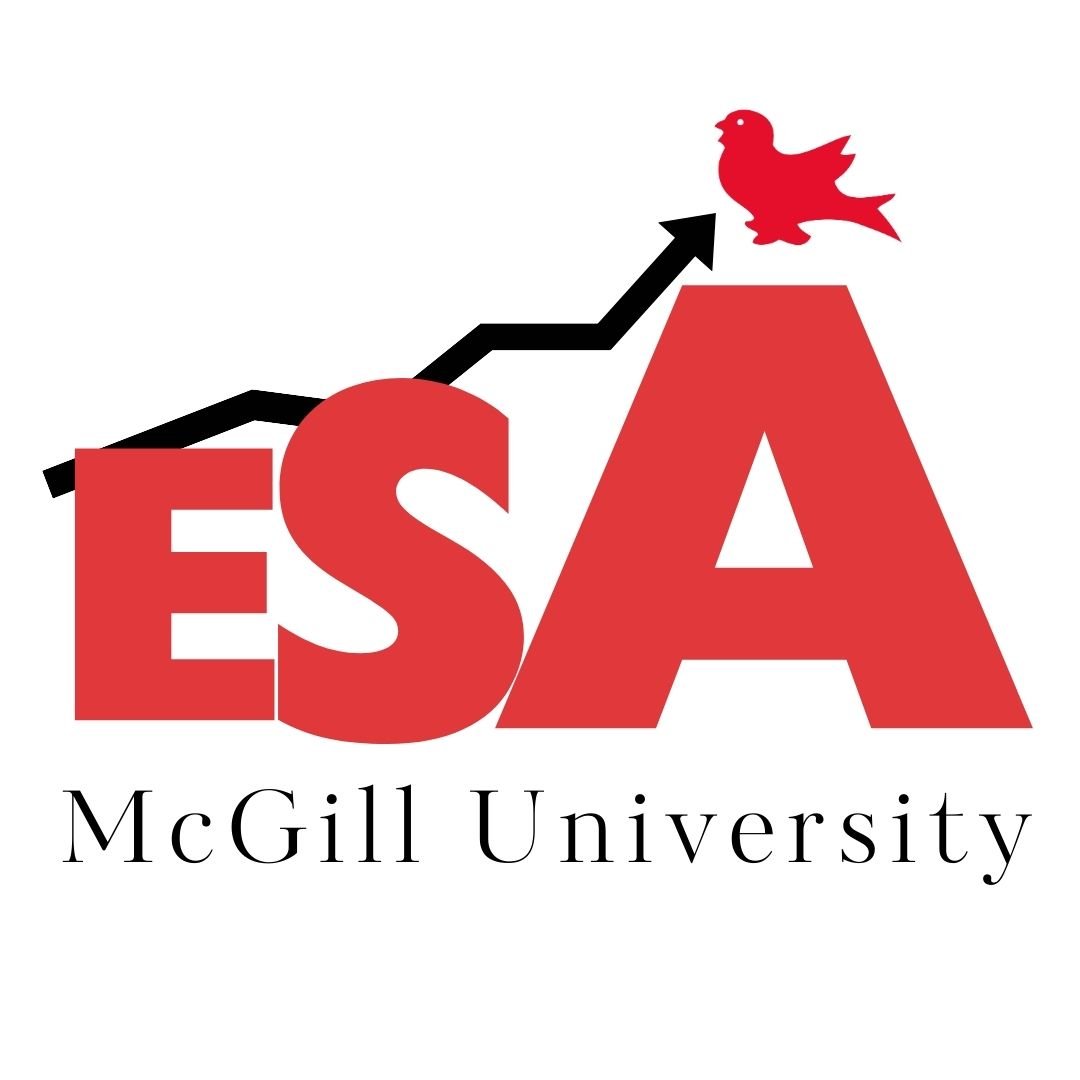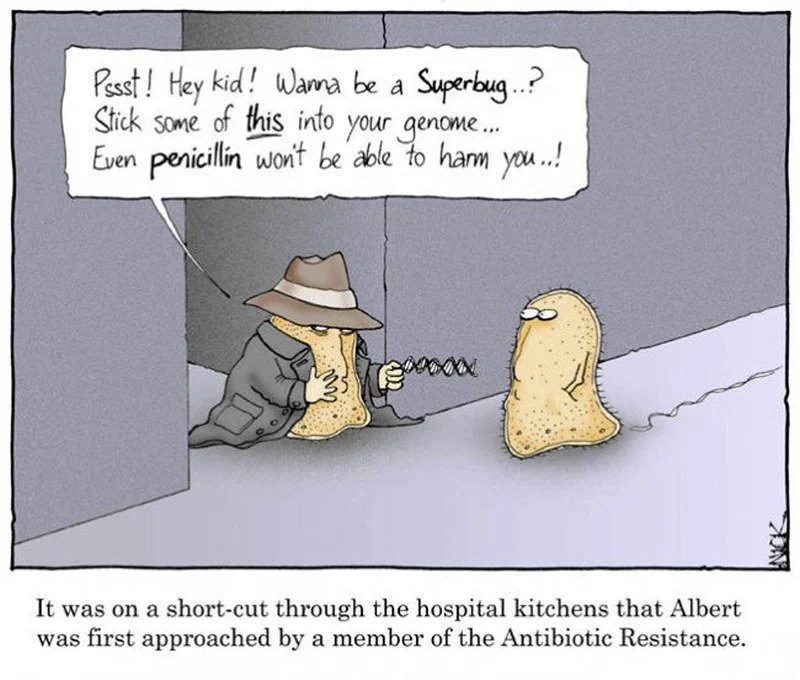A Market-Based Response to the Next Foreseeable Pandemic
Alpha, Beta, Delta, Omicron. Not only did the mutations of COVID-19 teach the world the Greek alphabet, but they also revealed how susceptible we truly are to pandemics. Mutations are fundamental to biology, affecting the DNA in ways that are potentially beneficial or detrimental to the organism. A major threat to global health is the rise in antimicrobial resistance: bacteria that developed resistance to antibiotics. Although developing antimicrobial drugs to counter such bacteria poses significant scientific challenges, the most pressing issue is the lack of a viable market to develop novel antibiotics.
Antibiotics are used to treat bacterial infections by killing or preventing bacteria from growing. As bacteria develop mutations, they become resistant to antibiotics, and these mutations are transmitted through cell replication and horizontal gene transfer. Misuse, overuse, poor manufacturing protocols, and inappropriate use of antibiotics in animal agriculture have accelerated this trend, and a one-health approach to antibiotics surveillance needs to be implemented. While the question of how to implement a one-health approach to antibiotics surveillance deserves a separate discussion, we can create an attractive market to encourage companies to develop novel antibiotics now.
The commercial success of a drug primarily depends on the sales volume and price. The antibiotics market, however, is unviable regarding these two aspects. Because novel antibiotics are only used when no other treatment is effective, the potential low sales volume is deterring pharmaceutical companies from investing in research and development (R&D). On the other hand, new drugs are benchmarked against alternative treatments, so generally low-cost alternatives substantially lower the prices for new antibiotics, further discouraging investments in this area. This lack of market has a societal price. In terms of societal benefits, it is estimated that antimicrobial drugs will generate between $486 million and $12 billion. By comparison, the estimated benefits to drug developers will range from -$4.5 million to $37.4 million.
A combination of pull and push incentives is needed to solve this missing market puzzle. Push mechanisms provide financial incentives to lower research and development costs, whereas pull incentives seek to increase profits after the drug has been approved for sale. Despite current incentives, including subsidies for research and tax credits for R&D, among others, the estimated annual death toll is set to reach 10 million by 2050 if nothing is done. Because the use of newly developed antimicrobials will be limited, pull incentives can be based on a one-health perspective, that is, one that recognizes the connection between the health of people and the health of animals within our shared environment. This approach includes preventive measures such as limiting environmental contamination and providing equitable access to antibiotics, both current and novel, for low- and middle-income countries.
Despite the numerous challenges that developing new antibiotics might entail, the current players on the market are not representative of what is possible. 95% of antibiotics are being developed by small companies, and 75% of them have no products on the market yet. These additional incentives might bring back major players to the market, and antibiotic research would benefit from their extensive expertise in pharmacology, chemistry, and microbiology that smaller players may not have.
A short-sighted and unwise strategy would be to rely on the current state of the antibiotic market to overcome the growing global threat which is antimicrobial resistance. The stark contrast between social and private benefits explains why such a market needs a booster shot, and additional push and pull incentives must be part of the mix. Infectious diseases respect no borders, and neither should the solutions to combat antimicrobial resistance. Failing to coordinate in this tragedy of the commons would be one of the greatest preventable tragedies of the 21st century.
Edited by Nadira Anzum
Featured Image “The spread of antimicrobial resistance” by DES Daughter is marked with CC BY-NC-SA 2.0

